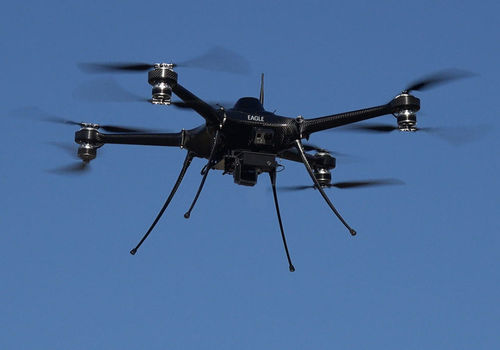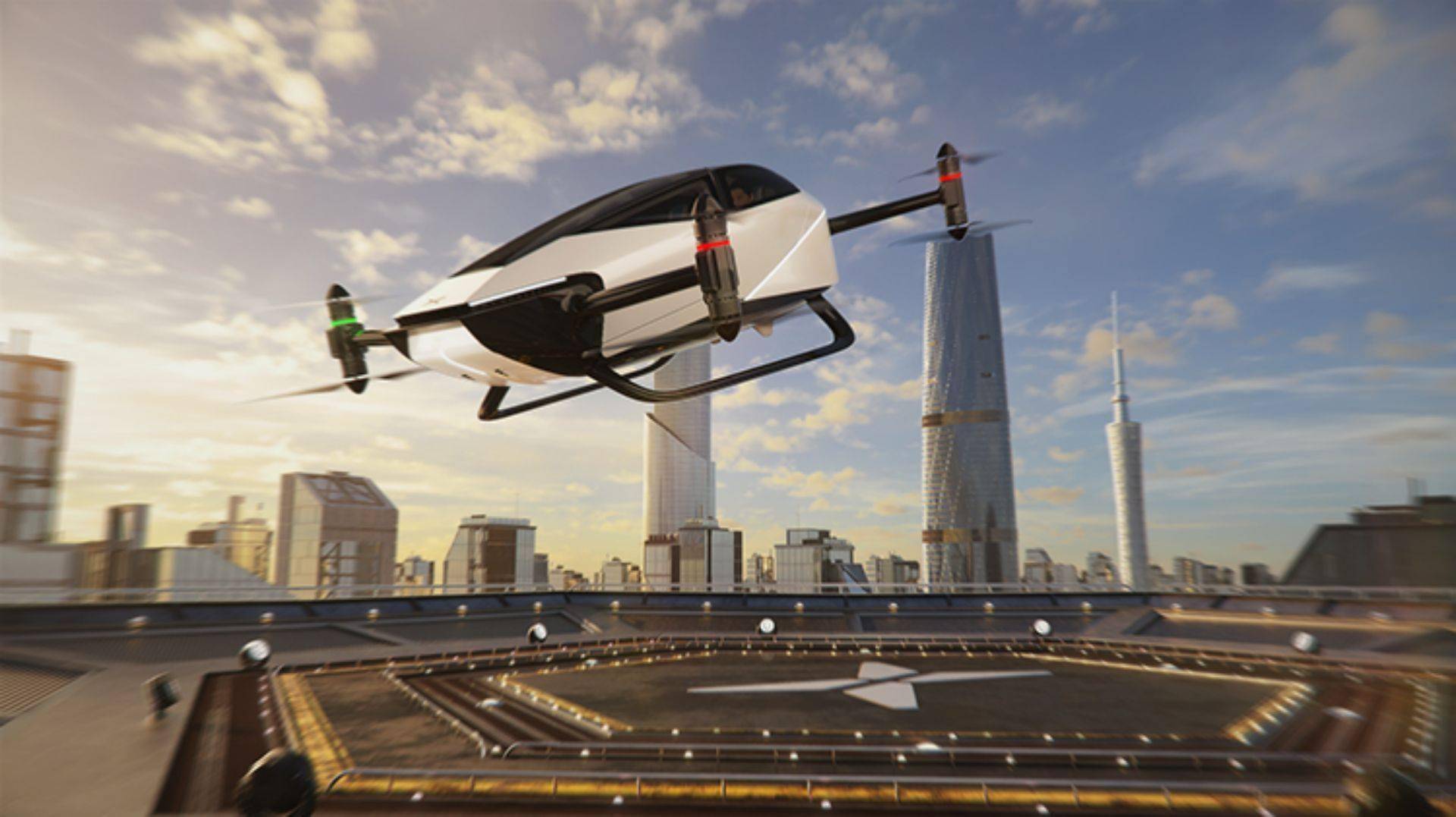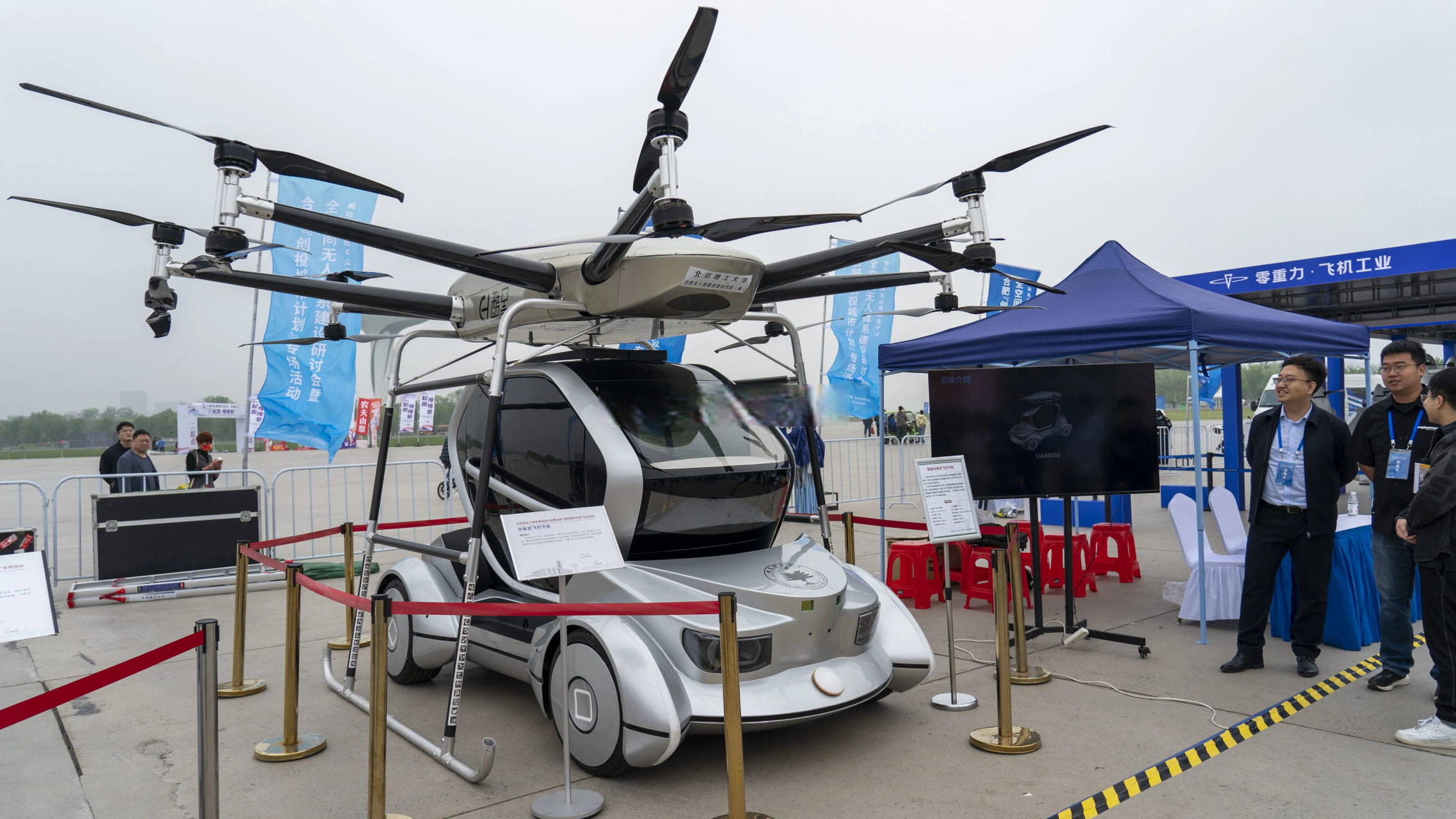
Technological innovation and multi industry application prospects of heavy-duty unmanned aerial vehicles in 2025
six thousand six hundred and sixty-five
With the rapid development of technology, the application of heavy-duty multi rotor unmanned aerial vehicles is becoming increasingly widespread in multiple fields. Looking ahead to 2025, these types of drones are expected to further drive the transformation of related industries.
011. Technical Trends of Heavy duty Drones
1.1 Technological Innovation Promotes the Industry
Under the dual promotion of technological innovation and policy support, it is expected that by 2025, high-capacity multi rotor unmanned aerial vehicles (especially advanced models with a payload of over 50 kilograms or even hundreds of kilograms) will experience rapid development. This type of drone will not only profoundly change many fields such as logistics transportation, emergency rescue, and industrial production, but also lead a series of new technological innovations and industry changes. Looking ahead to 2025, high-capacity multi rotor unmanned aerial vehicles will undergo technological innovations such as new materials, battery technology, and intelligent control systems, driving changes in multiple fields, particularly in terms of payload, flight time, and stability.
Power system upgrade
High power density motor and ESC: Introducing new permanent magnet motors and silicon carbide (SiC) ESC technology, aimed at improving power transmission efficiency, reducing energy consumption, and supporting heavier load demands, such as achieving a load capacity of 200-500 kilograms.
Hybrid and hydrogen energy applications: For heavy-duty drones, oil electric hybrid or hydrogen fuel cell technology may be used to break through the limitations of pure electric range, such as increasing the range from 30 minutes to over 2 hours.
Lightweight and Structural Optimization
Carbon fiber composite body: Through advanced 3D printing technology or modular design, the weight of the body structure is effectively reduced, while significantly improving wind resistance and stability.
Variable pitch rotor design: This design can dynamically adjust the angle of the blades according to different loads and flight conditions, thereby achieving more efficient energy utilization.
Intelligent flight control and safety redundancy
Multi redundant flight control system: By configuring multiple independent sensors and controllers, this system can ensure the safe landing of unmanned aerial vehicles in the event of partial system failures.
AI dynamic balancing technology: This technology can monitor and calculate the changes in load distribution and center of gravity position in real time, and automatically adjust the flight attitude. For example, when the center of gravity deviates after loading cargo, the system can automatically compensate.
Battery and Energy Management
Solid state battery application: By adopting solid-state battery technology, the energy density can be increased to 400-500Wh/kg, thereby supporting unmanned aerial vehicles to perform long-distance flights under larger load conditions, such as a single flight of 50-100 kilometers.
Fast battery swapping technology: In logistics scenarios, through standardized battery compartment design, fast battery swapping can be achieved within 1 minute, effectively improving operational efficiency.
1.2 Key application areas
Multi rotor drones have broad application prospects in key fields such as logistics, industry, agriculture, and military, especially in the transportation and hoisting of materials in remote and complex terrains.
Logistics in urban and remote areas
Heavy cargo transportation: suitable for the transportation of bulk goods such as medical equipment, industrial parts, and cold chain drugs, especially for the transportation of 50-100 kilograms of materials between mountainous areas or islands.
Emergency material delivery: During disaster relief, heavy materials such as tents and generators can be quickly delivered, effectively compensating for the shortcomings of traditional ground transportation.
Applications in the fields of industry and infrastructure
Power and energy inspection: Using the equipped laser radar and high-definition camera, drones can efficiently conduct aerial inspections of high-voltage transmission lines and oil and gas pipelines. At the same time, they can also hang maintenance tools or equipment, such as performing insulator replacement and other operations.
Construction assistance: Drones can easily lift building materials such as steel structures, precast concrete components, etc. to high-rise or complex terrain construction sites, significantly reducing labor costs.
Agriculture and Special Applications
Large scale agricultural spraying: Drones can carry pesticides or fertilizers weighing over 100 kilograms, and can cover vast farmland in a single operation, far exceeding the efficiency of traditional crop protection machinery.
Firefighting and forest fire prevention: Drones can hang fire extinguishers, water pumps, and other equipment, actively participating in rescue work for high-rise buildings or forest fires.
Special Transportation and Military Applications
Military material delivery: Drones can efficiently transport ammunition and supplies on frontline battlefields or in complex terrains, thereby reducing the risk of personnel transportation.
Humanitarian aid: In war-torn or blockaded areas, drones can perform airdrop missions to quickly deliver heavy supplies such as food and drinking water to support humanitarian rescue operations.
1.3 Challenges and coping strategies in the commercialization process
Airworthiness certification, regulations, and safety issues are challenges for the commercialization of heavy-duty unmanned aerial vehicles, which need to be overcome through global standards, technological innovation, and cost control.
Airworthiness Certification and Regulatory Challenges
In the fields of special transportation and military applications, the commercialization process of drones has encountered challenges in terms of airworthiness certification and regulations. To overcome these difficulties, countries need to jointly develop a unified airworthiness standard system, specifying specific requirements for load capacity, noise, and safety redundancy. At the same time, in order to ensure the coordinated flight of drones and manned aircraft, specialized flight channels must be designated and efficiently managed through the UTM (Unmanned Aerial Vehicle Traffic Management) system.
Ensure safety and reliability
To ensure the safe flight of drones in various environments, advanced multi obstacle avoidance systems must be equipped. This system integrates millimeter wave radar, laser radar, and visual recognition technology, enabling it to perceive and avoid surrounding obstacles in real-time, achieving omnidirectional obstacle avoidance. At the same time, in order to respond to emergency situations, drones must also be equipped with emergency landing mechanisms, such as parachutes or airbag systems, to minimize the potential threat to ground personnel or facilities from a crash.
Cost and Maintenance
To reduce the overall cost of unmanned aerial vehicle systems, modular design concepts need to be adopted, and manufacturing costs can be reduced through the large-scale production of universal components such as motors and battery modules. Meanwhile, by combining IoT technology, real-time monitoring of the lifespan of drone components can be achieved, enabling predictive maintenance and reducing unnecessary downtime.
1.4 Typical Cases and Regional Progress
Domestic and foreign enterprises have made significant progress in drone technology, such as China's Fengfei Aviation and related developers in Europe and America, which have demonstrated reliable technical strength and market application potential.
China:
AutoFlight's "V2000CG" unmanned helicopter stands out with its 200 kilogram payload capacity and has obtained airworthiness certification, mainly used in the field of island logistics.
Renowned companies such as Meituan and SF Express are actively testing logistics drones with a payload capacity of 50-100 kilograms, and plan to achieve normalized distribution within urban areas by 2025.
Europe and America:
Joby Aviation in the United States is working on developing an eVTOL cargo aircraft model with a payload capacity of over 400 kilograms, primarily targeting the medical supplies transportation market.
The VoloDrone from Volocopter in Germany has a load capacity of 200 kilograms and its application areas are mainly focused on industrial and agricultural scenarios.
Emerging markets:
Zipline, a company based in Rwanda, Africa, is continuously expanding its heavy drone network with the aim of safely and efficiently transporting important supplies such as vaccines and blood to remote areas.
022. Future prospects and research and development direction of Xi'an New Omei
With the continuous advancement of technology, the application of heavy-duty multi rotor drones in vertical industries such as logistics, energy, and agriculture will become increasingly widespread. It is expected that by 2025, drones will be routinely applied in multiple fields. Xi'an Xinomei will continue to promote the research and application of technology, focusing on providing innovative solutions and services. The load range of mainstream products will be concentrated between 100-300 kilograms, with a range of 30-60 minutes, thus basically meeting the needs of commercial scenarios. At the same time, the manned cargo unmanned aerial vehicle (eVTOL) will also enter the trial operation stage, further expanding the application scope of drones. In addition, the accelerated maturity of supporting industries such as battery leasing, insurance services, and maintenance networks will effectively promote a reduction in overall costs, expected to reach 30% -50%. Overall, the development of high-capacity multi rotor unmanned aerial vehicles will profoundly change traditional transportation and operation modes, and is expected to usher in a key turning point from the experimental stage to commercial landing in 2025. However, to achieve large-scale applications, it is still necessary to break through technological bottlenecks, reduce operating costs, and maintain deep collaboration with policies and regulations.
The core business area of Xi'an Xinomei Information Technology Co., Ltd. focuses on the research and application of heavy-duty multi rotor unmanned aerial vehicle technology. Through continuous investment and innovation, the company is committed to promoting the widespread application of drone technology in logistics, energy, agriculture, and other fields, providing strong technical support for customers' business development.




